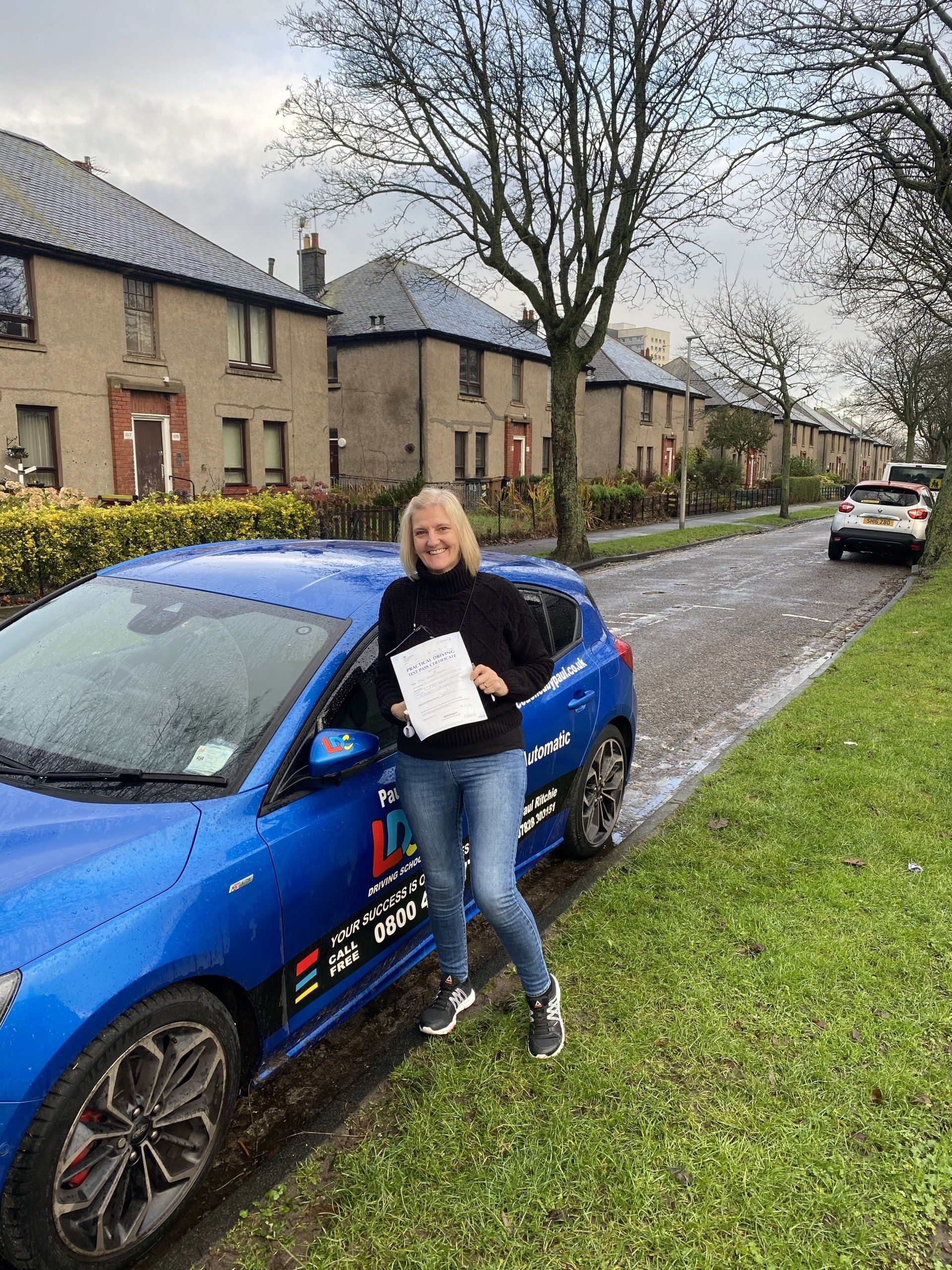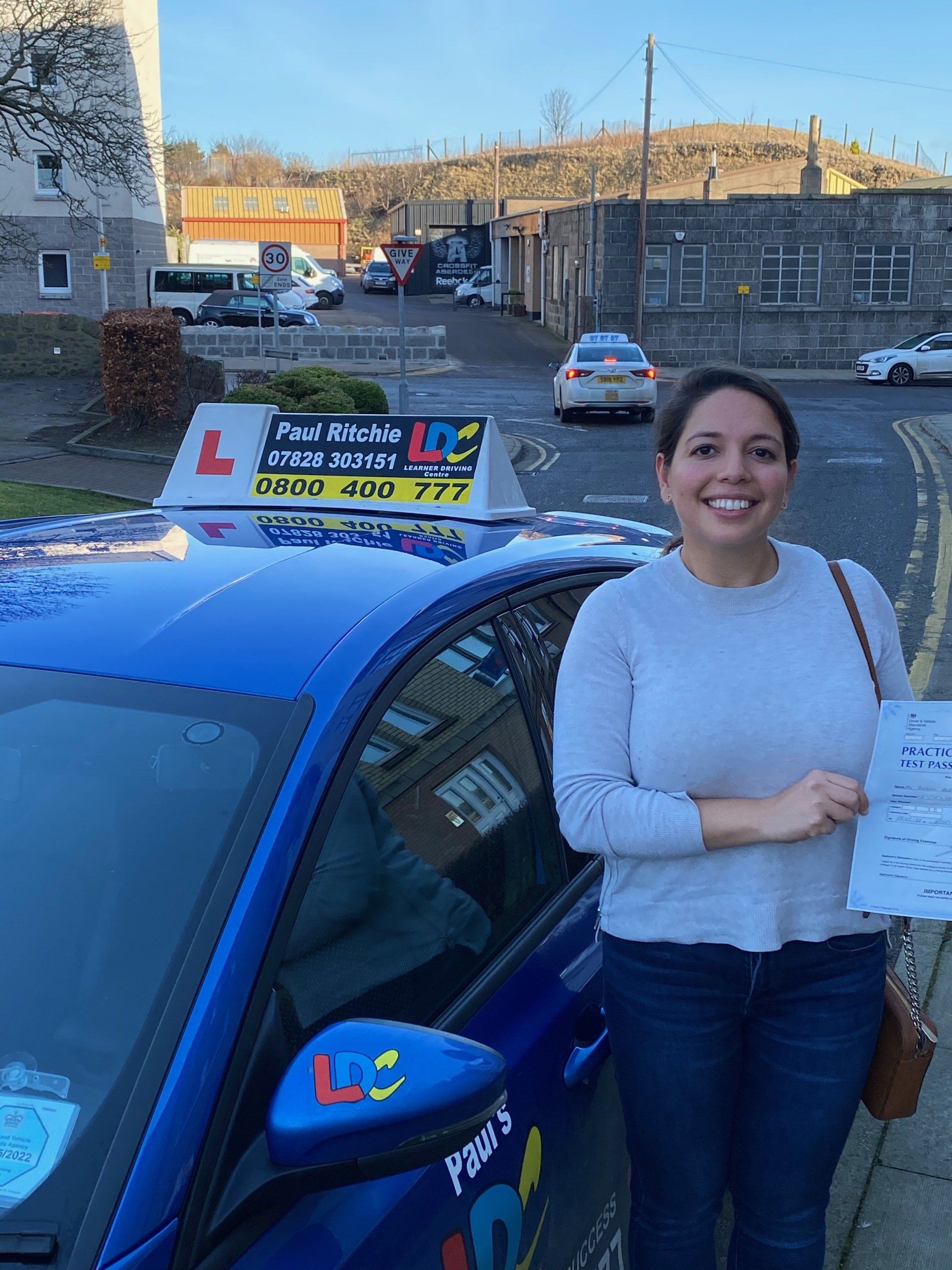Automatic Driving
School Aberdeen

Slide title
Write your caption hereButton
Slide title
Write your caption hereButton
Slide title
Write your caption hereButton
Slide title
Write your caption hereButton
Slide title
Write your caption hereButton
Slide title
Write your caption hereButton
Slide title
Write your caption hereButton
Slide title
Write your caption hereButton
Slide title
Write your caption hereButton
Slide title
Write your caption hereButton
Slide title
Write your caption hereButton
Slide title
Write your caption hereButton
Slide title
Write your caption hereButton
Slide title
Write your caption hereButtonSlide title
Write your caption hereButtonSlide title
Write your caption hereButtonSlide title
Write your caption hereButtonSlide title
Write your caption hereButton
Slide title
Write your caption hereButtonSlide title
Write your caption hereButtonSlide title
Write your caption hereButtonSlide title
Write your caption hereButtonSlide title
Write your caption hereButtonSlide title
Write your caption hereButtonSlide title
Write your caption hereButtonSlide title
Write your caption hereButtonSlide title
Write your caption hereButtonSlide title
Write your caption hereButtonSlide title
Write your caption hereButtonSlide title
Write your caption hereButton
Slide title
Write your caption hereButton
Slide title
Write your caption hereButton
Slide title
Write your caption hereButton
Slide title
Write your caption hereButton
Slide title
Write your caption hereButton
Slide title
Write your caption hereButton
Slide title
Write your caption hereButton
Slide title
Write your caption hereButton
Slide title
Write your caption hereButton
Slide title
Write your caption hereButton
Slide title
Write your caption hereButton
Slide title
Write your caption hereButton
Slide title
Write your caption hereButtonSlide title
Write your caption hereButtonSlide title
Write your caption hereButton
About me
Hi I'm Paul, I am a fully qualified Government Approved Driving Instructor (ADI) and I am passionate about road safety.I became a driving instructor because I wanted a job with real satisfaction and there is nothing better than seeingsomeone pass their test first time.Lessons are always conducted in a calm, friendly and relaxed manner as I firmly believe in making pupils feel at ease during lessons.I also have many years of experience working with people with ASN.
The Car
I am currently using a Vauxhall Corsa EV as my automatic training vehicle.Specifications Include: Power Assisted Steering, Air Conditioning, Anti-lock Braking System, Dual Controls, Electric Windows, Adjustable Seat and Steering Wheel, Spacious Interior, Dual Air Bags, Easy to Read Dash Board, sat-nav.
Automatic or Manual
Find out the pros and cons of manual and automatic gearboxes, along with the different transmissions
Automatic gearboxes come with a dizzying array of names. You can buy a Volkswagen with a DSG gearbox or a Porsche with a tiptronic gearbox, and CVT gearboxes are available from many different manufactures, with semi-automatic gearboxes serving to complicate things still further. But what do these names mean, and should you be interested?
Not very long ago, an automatic gearbox was the preserve of larger, more luxurious and expensive cars, but buyers can now choose a self-changing gearbox in smaller, cheaper cars too.
Why should you choose an automatic gearbox over a manual? It's an important question, this explores the advantages and disadvantages of each type of gearbox.
Read on if you're unsure and need to choose between manual and automatic.
Manual gearboxes
If the huge number of manual cars sold is any indication, a manual gearbox is the default choice for most drivers in the UK. Many cars at the 'affordable' end of the market have a manual gearbox as standard, while many enthusiasts prefer this type of transmission even when buying an expensive sports car.
These days, many manual gearboxes have six forward gears (sometimes referred to as 'speeds') in place of five or, just a few decades ago, four. A few manual cars even offer seven gears – the Porsche 911and Chevrolet Corvette are two examples – though both are expensive.
In most cases you'll find the gearstick is either mounted between the front seats or, in the case of some people carriers and SUVs, high on the centre console. In both cases, you operate the clutch with your foot.
The gears are selected according to an H-pattern and this is usually etched on the gearknob. On cars with a five-speed gearbox, reverse is often selected by pushing down and pulling back. With a six-speed gearbox you might have to push down the stick and move it sideways and forwards as if you were selecting a gear next to first. Some VWs are like this. Others require you to lift a collar below the gearknob as you move the lever.
The phrase 'semi-automatic' has come to mean different things in recent years. It traditionally meant that you change gears with a gearlever as you would with a normal manual gearbox, but the clutch is taken care of for you, leaving only an accelerator and brake pedal for the driver. However, it has increasingly come to mean an automatic gearbox that has a mode to allow the driver to make gear changes manually, usually using paddles behind the steering wheel.
Manual: advantages and disadvantages
Advocates for manual gearboxes tend to enjoy the control they give over the car, as only you can choose which gear to use. This can provide more driver involvement, giving the feeling there’s a direct connection between human and machine, with a mechanical feel to each gearchange, instead of a computer taking care of it for you. In some cars, a manual gearbox can also be useful for towing and off-road driving, where you want to hold a low gear.
On the other hand, this also means a manual requires more effort than an automatic, which becomes most apparent in heavy traffic. Some learners also find the added complication of gear selection and clutch control daunting and take their driving test in an automatic vehicle.
Some carmakers are moving away from manuals, offering an automatic as standard on some of their models or with some of their engines; this is often for reasons of economy, as the latest dual-clutch and automatic gearboxes can help cars use less fuel and produce less CO2 than those with a manual transmission.
Automatic gearboxes
Automatic gearboxes have been around for over 70 years and although significant refinements have been made in their technology, the principle of how they work remains the same. You select from Park, Neutral, Reverse or Drive (normally abbreviated to P, N, R and D) using a gearlever, control knob or occasionally buttons.
On choosing a gear position, complicated electronics, coupled with a hydraulic ‘torque converter’ clutch, select and engage the correct gear. Changes up or down through the gears are handled by this hydraulic clutch, which is essentially a fluid, spun at speed, that makes the connection between engine and gearbox. The use of hydraulic transmission fluid makes for very smooth changes and explains why traditional automatic gearboxes are sometimes known as ‘slushboxes’.
Many automatic gearboxes enable you to make manual gear changes, either through the gear selector lever or paddles mounted on the steering column. This is sometimes referred to as a 'semi-automatic' mode.
With technological improvements automatic gearboxes are becoming increasingly complex as well as featuring more and more gears. It wasn’t that long ago that most cars had three- or four-speed automatic gearboxes but today many manufacturers offer automatics with eight, nine, or even 10 gear ratios. This allows the engine to run at its most efficient point for more of the time with the aim of reducing economy and emissions.
Automatic: advantages and disadvantages
Many people like automatic gearboxes for the convenience they offer. You can stick the car in D and forget about touching the gearlever until you want to park or turn around: there’s no clutch to bother with, either, which reduces your exertion, particularly around town. Most drivers find that traditional automatic gearboxes offer a very smooth driving experience.
Dual-clutch gearboxes
Dual clutch gearboxes can operate like a conventional automatic, shifting through the gears seamlessly with no direct driver input, but they can also be used in ‘manual’ mode. Although they have two clutches, there’s no clutch pedal, as it would be too complicated for a driver to operate both.
Manual mode is typically selected by moving the gear lever over to the left or right when the gearbox is in the D position – or by pulling on a steering-wheel paddle. When selected, manual mode allows you to select gears yourself, typically by nudging the gearlever forwards or backwards, or using paddles on the steering wheel. Returning to fully automatic mode is usually achieved by moving the lever back to the D position. Many carmakers these days offer a dual-clutch gearbox instead of a traditional automatic.
While these gearboxes are fearsomely complex pieces of technology, the theory of their operation is pretty simple. They have a similar number of gears as a manual gearbox, but two computer-controlled clutches. The gearbox predicts what gear it thinks you’ll need next, based on how you’re driving the car and uses the second clutch to have this gear ready to engage immediately. If you’re braking, for example, the gearbox will be ready with a lower gear, while if you’re accelerating, a higher gear will be ready to engage as soon as needed.
That means gearchanges can be a great deal faster with a dual-clutch, allowing almost imperceptible shifts. The development of dual-clutch gearboxes has lead to significant performance and fuel-economy benefits and they’re now fitted as standard to most high-end luxury cars and many extremely expensive supercars.
Half of the battle when buying a car is recognising that manufacturers may have different names for similar technology. If you have a Volkswagen, Skoda or SEAT, dual-clutch technology is called DSG, but Audi calls it S tronic. Ford and Volvo call their dual-clutch system Powershift.
Dual-clutch: advantages and disadvantages
Dual-clutch gearboxes seem to offer the best of all possible worlds to the modern driver: they provide the convenience and ease of a conventional automatic plus the control and engagement of a manual, should you want it. Dual-clutch gearboxes also usually manage to be more economical than either a traditional automatic or a manual, while frequently achieving improved performance as well.
Continuously Variable Transmission (CVT gearbox)
The theory behind Continuously Variable Transmission (CVT) was first thought of by Renaissance man Leonardo da Vinci in the 15th century and first patented as long ago as 1886. Just because it’s an old idea doesn’t mean it’s a bad one, however. As its name suggests, it has no gears as such, just continual movement. Progress in a CVT-equipped car can be very smooth indeed.
A CVT gearbox essentially consists of two cones connected by a very strong belt or chain, which gives rise to its nickname of a ‘rubber band’ gearbox. As the cones move closer or further away from each other, the belt gets slackened or stretched. The ratio between how fast the car’s wheels are turning relative to the speed of the engine alters as the cones move.
CVT: advantages and disadvantages
A CVT gearbox offers a very smooth driving experience, as there are no ‘gears’ to engage or disengage, just a continually moving belt. CVT gearboxes are relatively cheap to build and can offer good fuel economy. Many hybrid cars use CVT technology, as it’s easy to integrate with their complex powertrains and the combination of electric power and a CVT gearbox is usually successful.
Electric-car gearboxes
Purely electric cars tend to use motors that don’t require a gearbox. Electric motors can offer instant power, but their operation is entirely different from internal-combustion engines. As electric and hybrid technology evolves, the line between motor and gearbox is likely to become ever more blurred.
© Copyright 2020 Paul's Driving Schools. All rights reserved
© Copyright 2020 Paul's Driving Schools. All rights reserved
